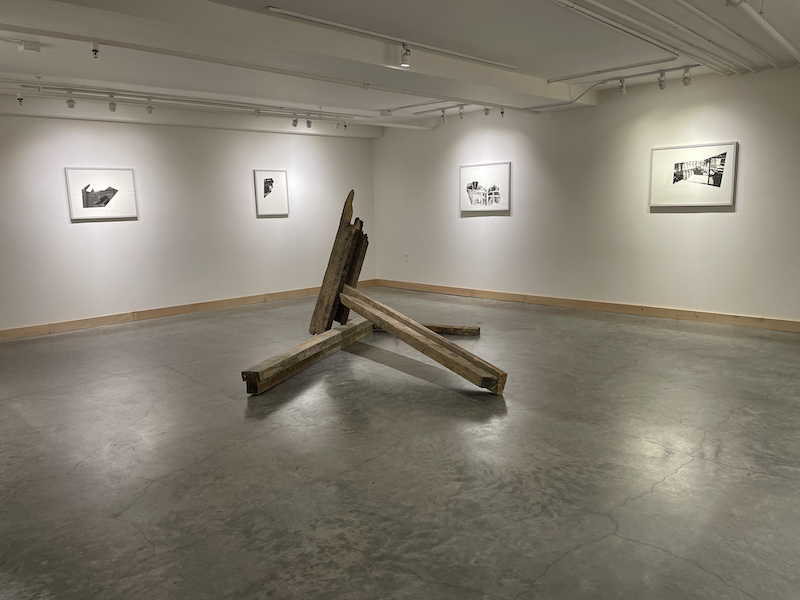Tandem Press is hosting “Dream House,” a master of fine arts thesis exhibition by UW–Madison student Katelyn St. John, who is a Tandem Press project assistant. St. John’s work depicts her exploration of abandoned architecture. This exhibition features prints that delve into the visual representation of the space between experience and memory.
The exhibition runs through April 15 at the Tandem Press Apex Gallery, 1743 Commercial Ave., in Madison. The Apex Gallery is open Monday through Friday, from 9 a.m. to 5 p.m.
There will be an exhibition reception on Friday, April 1, from 5 to 8 p.m. This reception coincides with a performance in the Tandem Press Friday Jazz Series from 5 to 7 p.m. Visit tandempress.wisc.edu/events/jazz-series for more information.

St. John is a multimedia artist who works in printmaking, photography, and sculptural installation. She photographs abandoned architecture and transforms them into prints and sculptures that convey her experience exploring the space.
St. John received her bachelor of fine arts in printmaking and art history from the Massachusetts College of Art and Design. In 2015, she researched green printmaking materials at Zeamays Printmaking, and in 2019 she was among the first recipients of the Tandem Press Gabriele S. Haberland Travel Award.
A statement about the exhibition from St. John explains: “Dreams are composed of experiences and memories, strung together to create a familiar but often flawed line of events. They come in vignettes of darkened or obscured images, of atmosphere and introspection, in color and black and white.
“ ‘Dream House’ is an exhibition that brings together my experiences exploring abandoned architecture and my memories of those places—each a fragmented dream of the space. Each object and image presents a visual representation of the space that lies between experience and memory.
“To begin this work, I photographed abandoned structures and their environments. Then, I pulled shapes of negative space out of my photographs and transposed them onto other spaces to focus on a specific aspect—the structure of a home, spray paint on a wall, or a play of light. By fragmenting the images of these spaces, the resulting representation conveys the reality of how one’s experience of a space is often obstructed in some way.
“The prints and objects included in this exhibition are the results of my fixation and extended rumination on broken buildings. Through fragmentation, I have focused on aspects of the buildings to comment on the gaps that form within our dreams, experiences, and memories.”
This exhibition, along with all Tandem Press exhibition programming, is made possible through support from the Anonymous Fund.